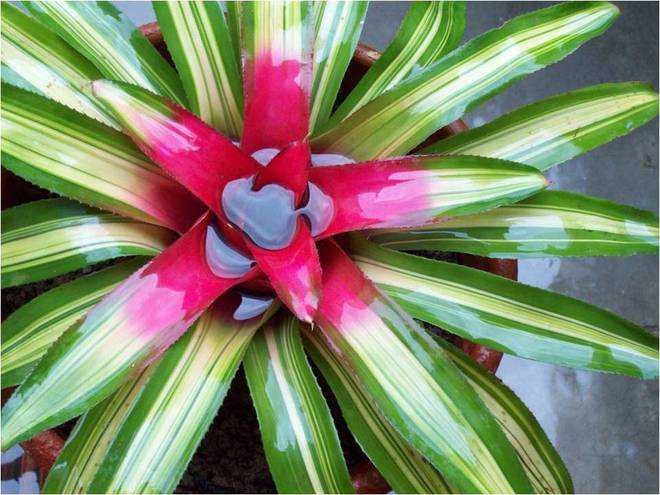Satish Narula
Nature is supreme. No one can repeat it or recreate it. As one gets closer to it, one finds internal peace. That is why when one gets associated with gardening, he or she gets addicted to it. Curiosity is the basic instinct of human nature. And gardening is one big curiosity.
Nature is exotic. Be it in the form of fruits, strange looking flowers or even the forms of the trees, leaves, stem or even roots—there are ample examples of nature’s uniqueness. You don’t have to look far for proof. Just apply a Google search for Monkey Orchids and results will amaze you. What you get to see is the exact replica of a monkey face as orchid flowers. Similarly, there are different forms like skeleton, demon, dancing lady, lady lace or lady slipper. There are bird figures too, like of parrot and eagle.
As I said, the plants are strange creations then so are the birds and insects. Talk about lemon butterfly larvae, they look like bird drop in the initial stage of their larval development. After a few weeks, they turn out to be 'green twigs' almost of the thickness of a pencil and become a part of the plant, not easily detected. An expert, who has dealt with them, however, can identify their presence from a peculiar smell on the tree or drops on the ground. Approach them and they will throw, though harmless yet scary antennas. They are capable of devouring about a full grown leaf of citrus species plants in five minutes.
See the accompanying picture of a plant. Seeing it almost drenched and filled with water you may wonder about its living status. Normally excess water rots the foliage or increases the chances of fungal infestation. But in this case of a bromeliad, presence of water is must in the central cup of the plant whether you give it to roots or not. Under rain forest conditions, such plants thrive at the tall tree branches and are used as nursery for frogs to lay eggs and nourish their young ones.
The author is Panchkula based-former PAU Senior horticulturist and landscapist.
Unlock Exclusive Insights with The Tribune Premium
Take your experience further with Premium access.
Thought-provoking Opinions, Expert Analysis, In-depth Insights and other Member Only Benefits
Already a Member? Sign In Now










